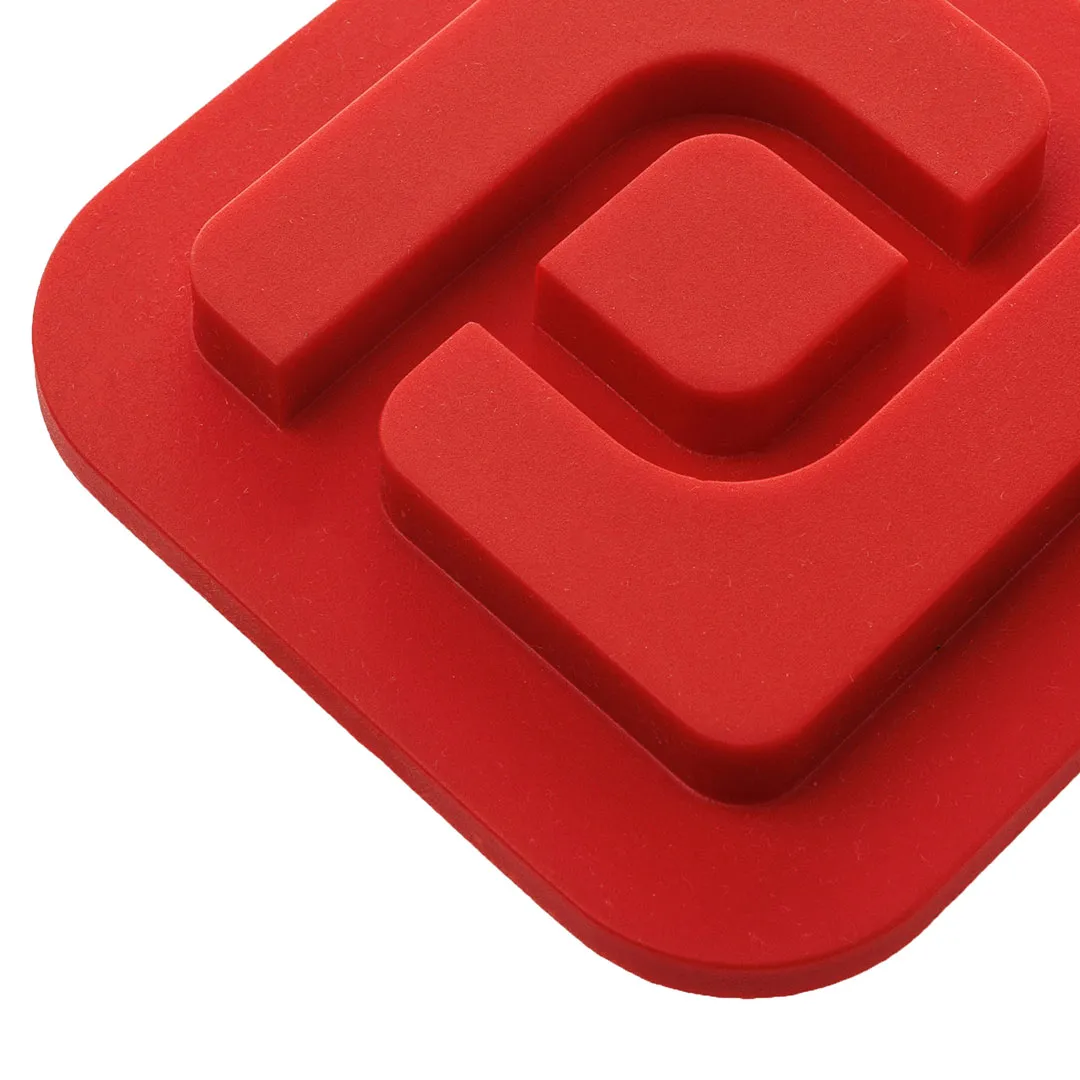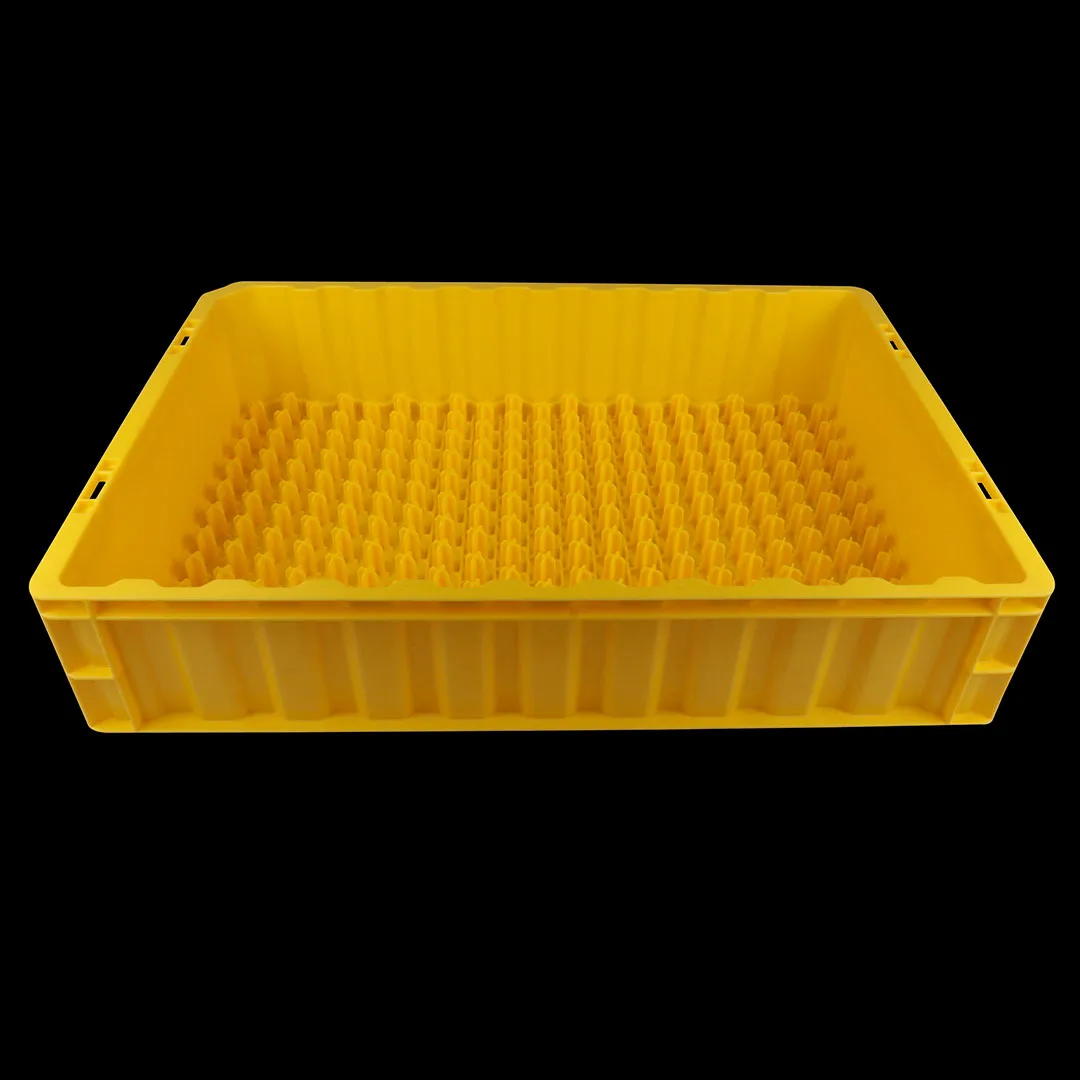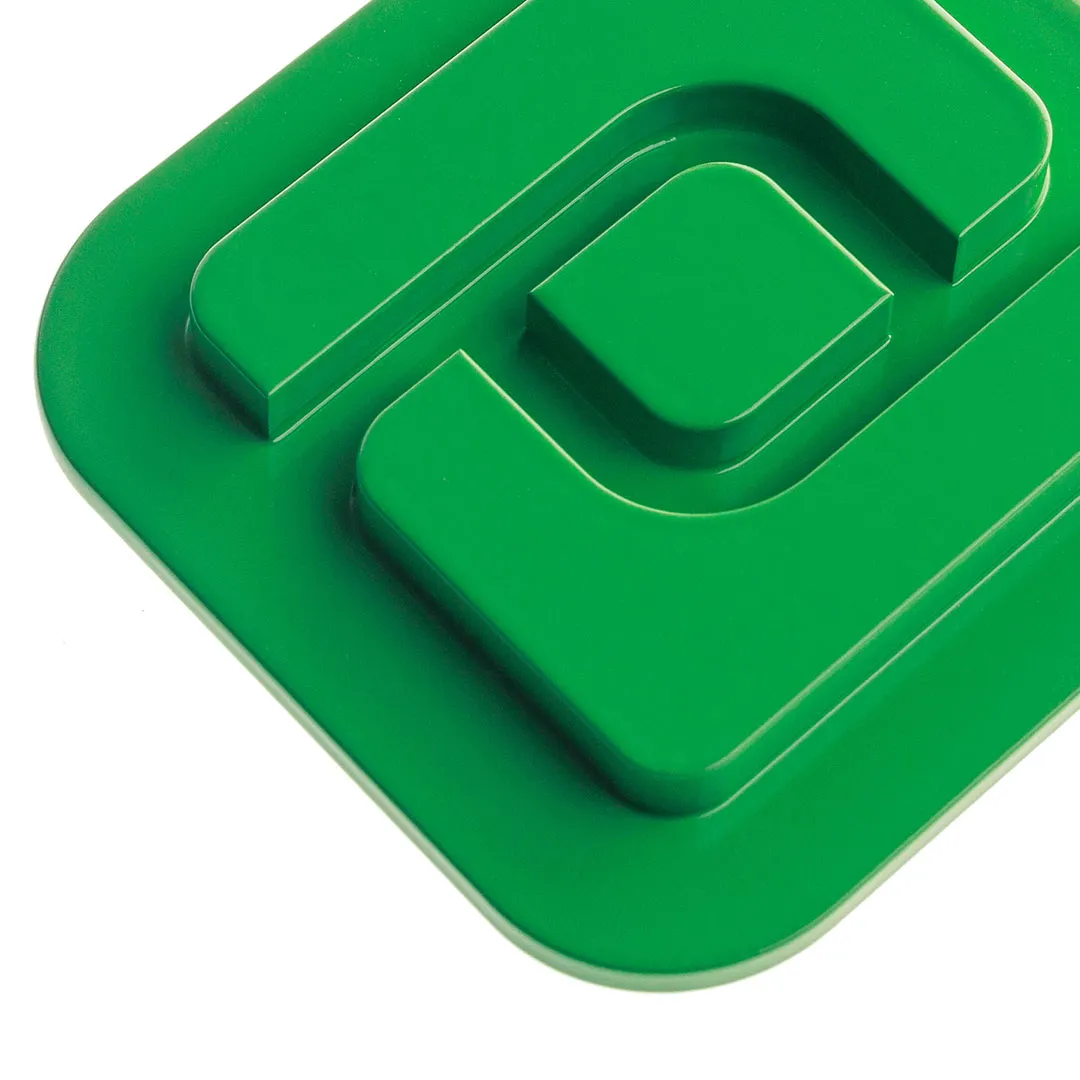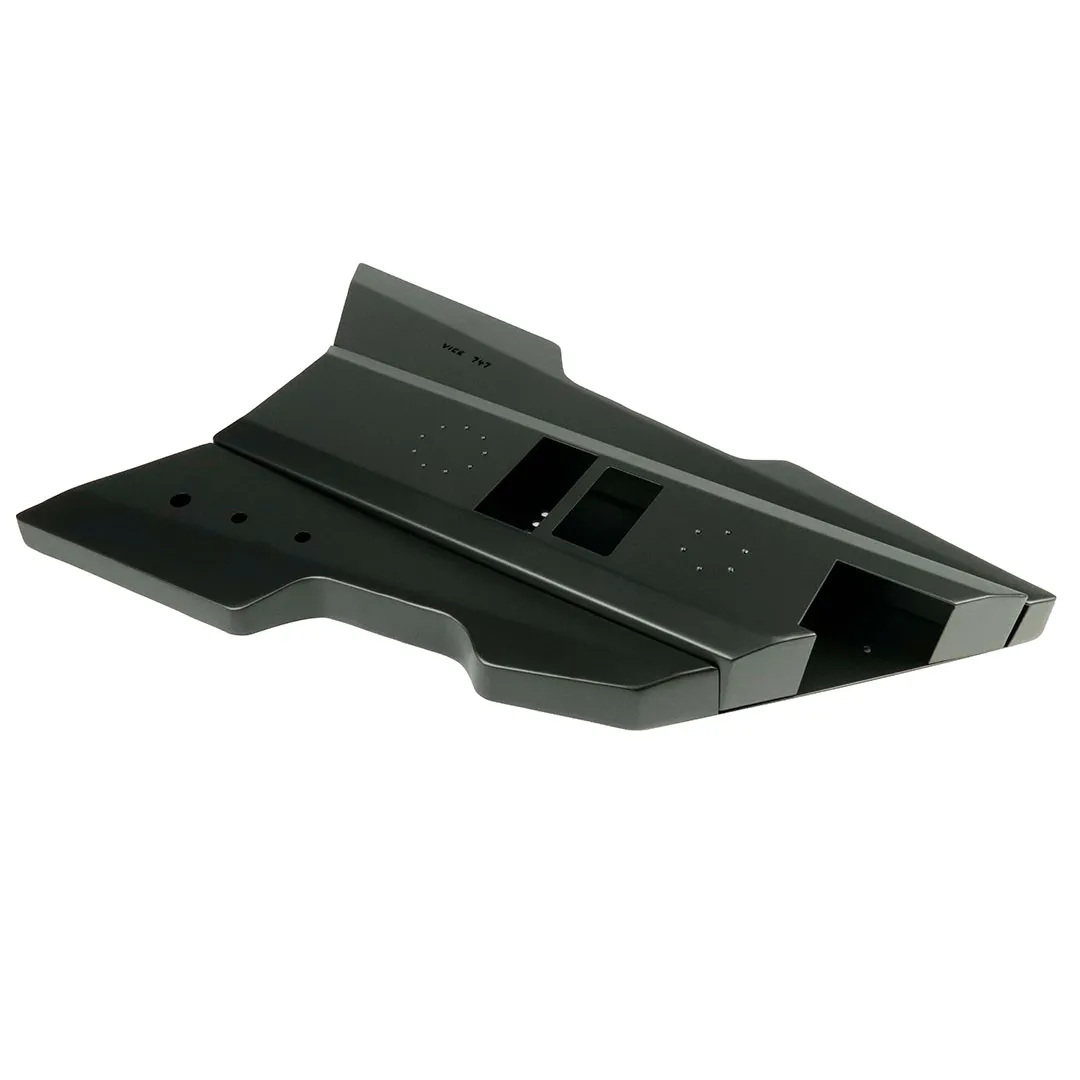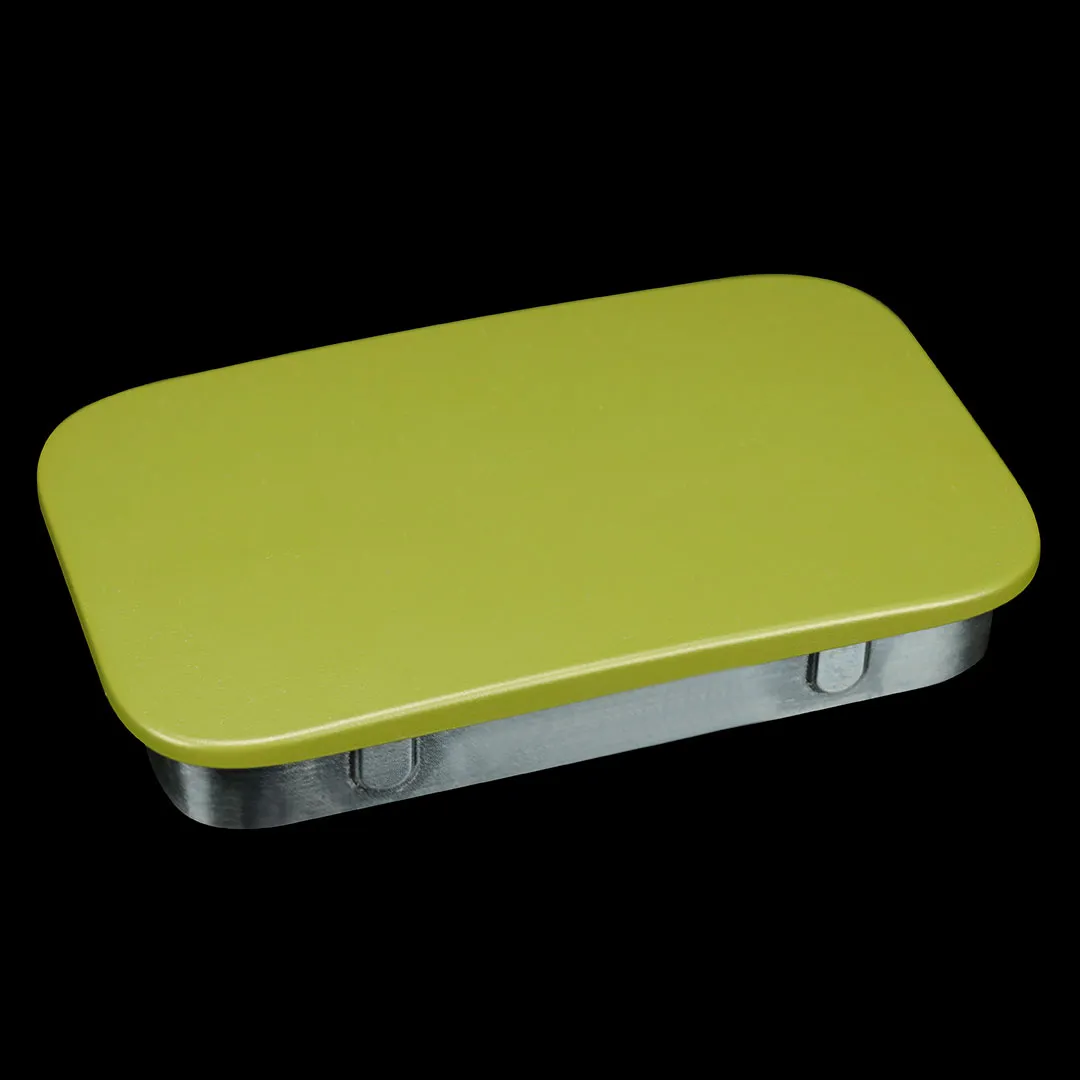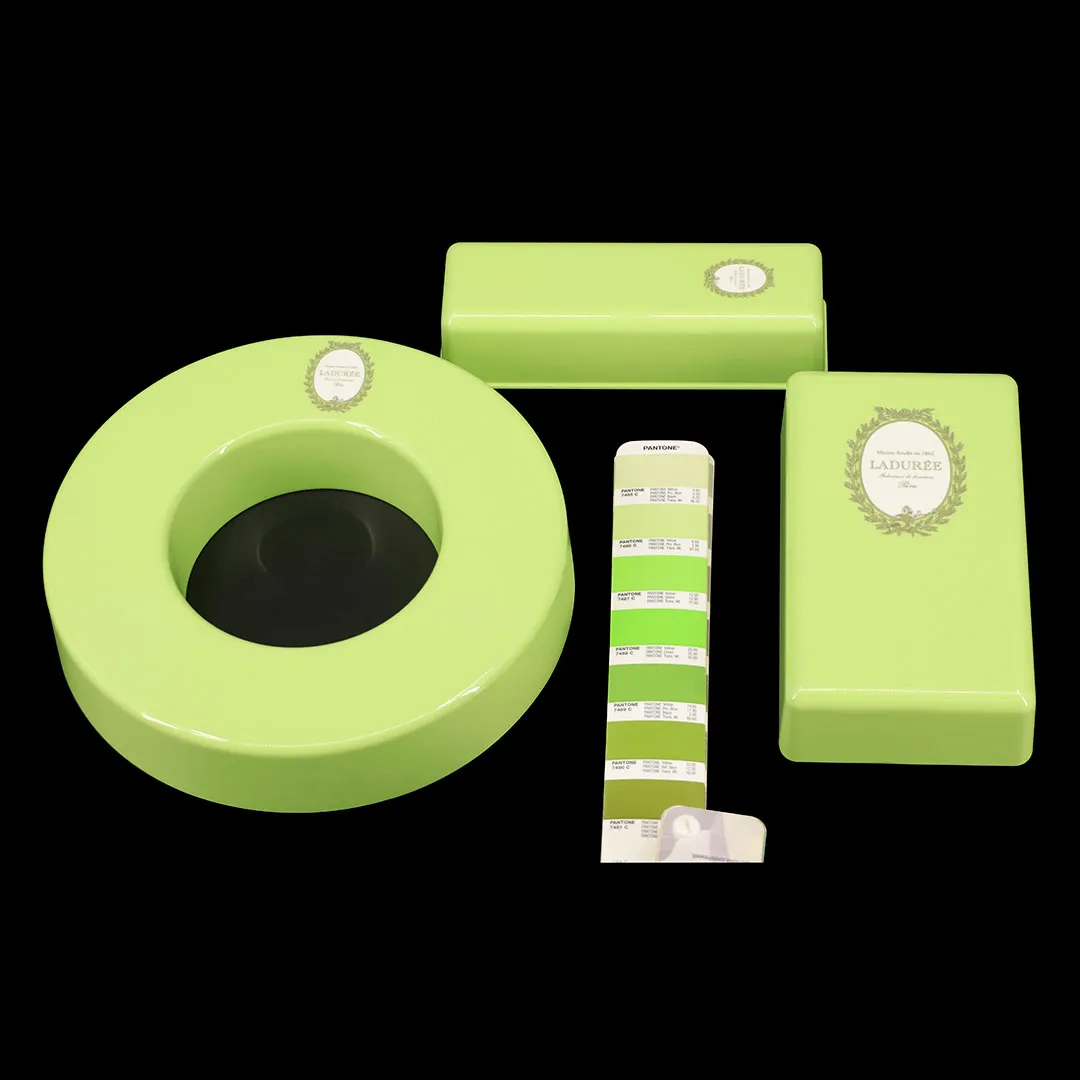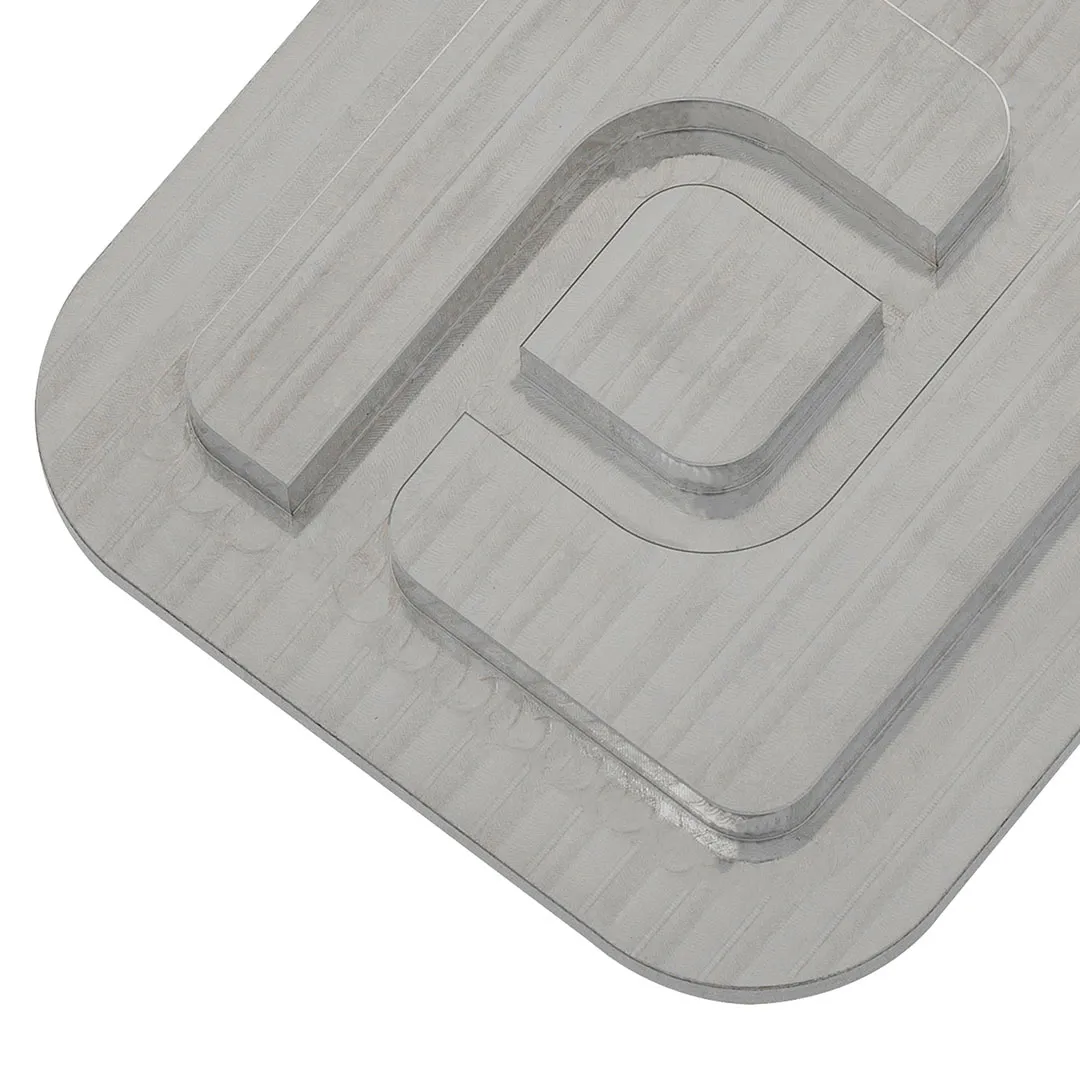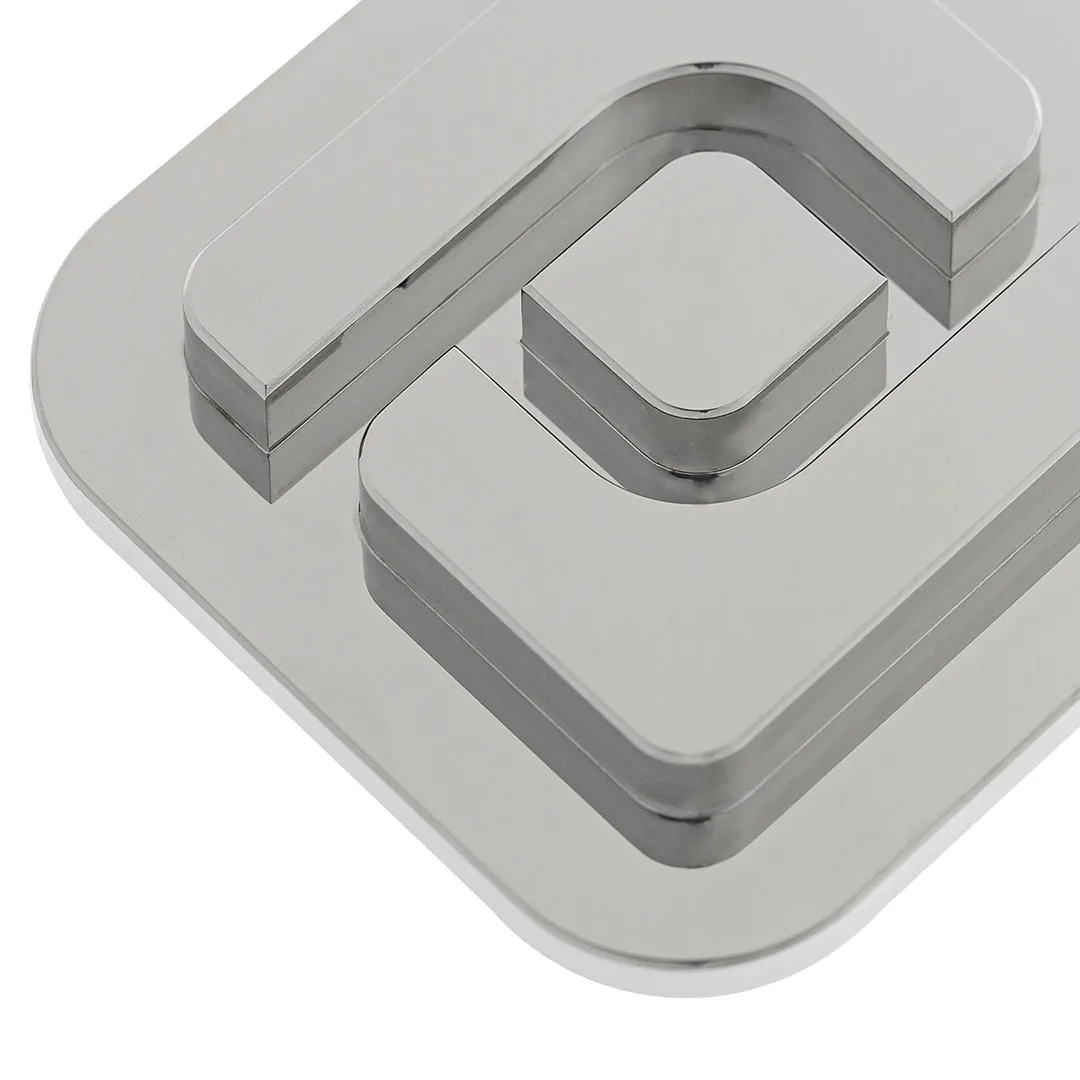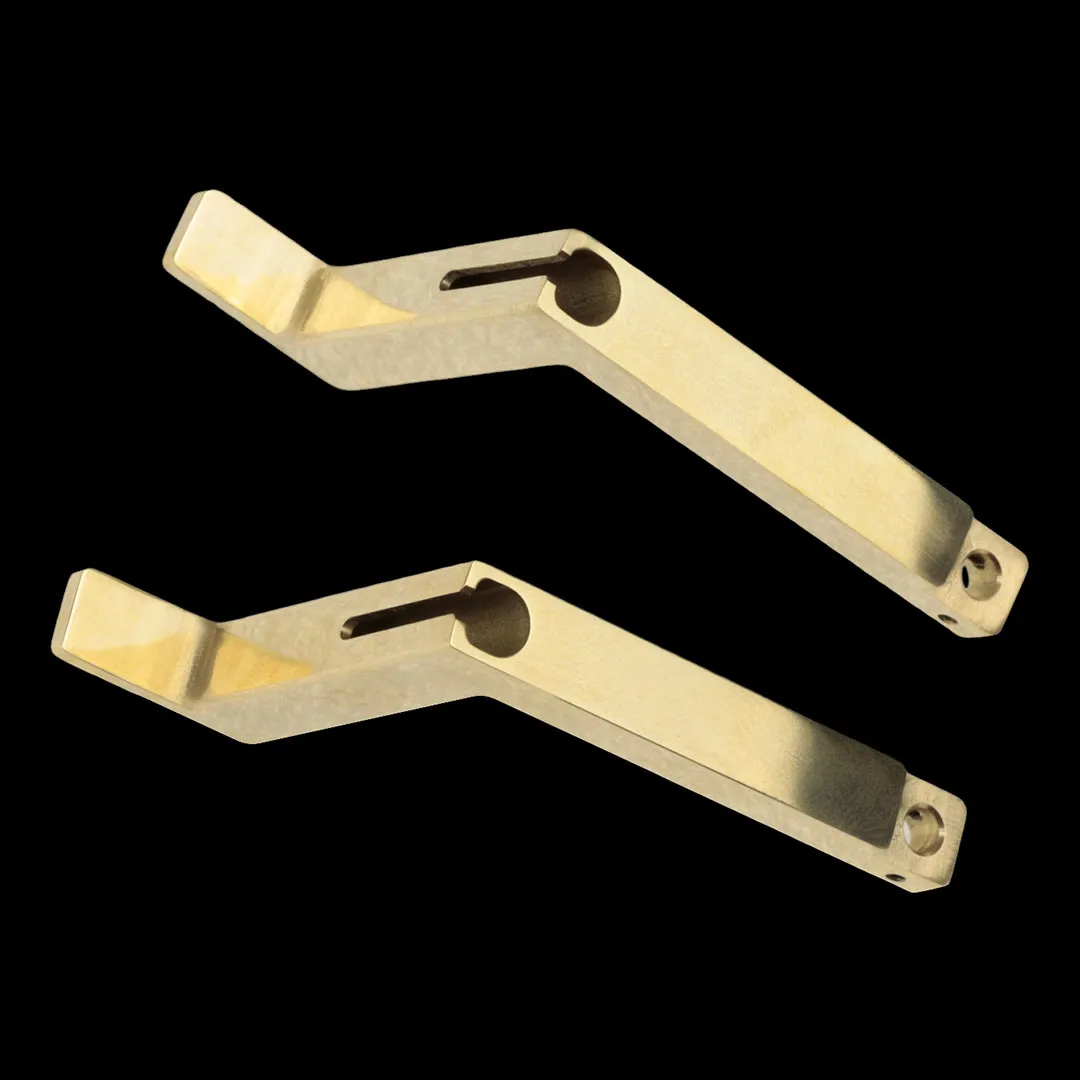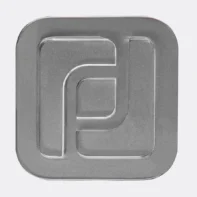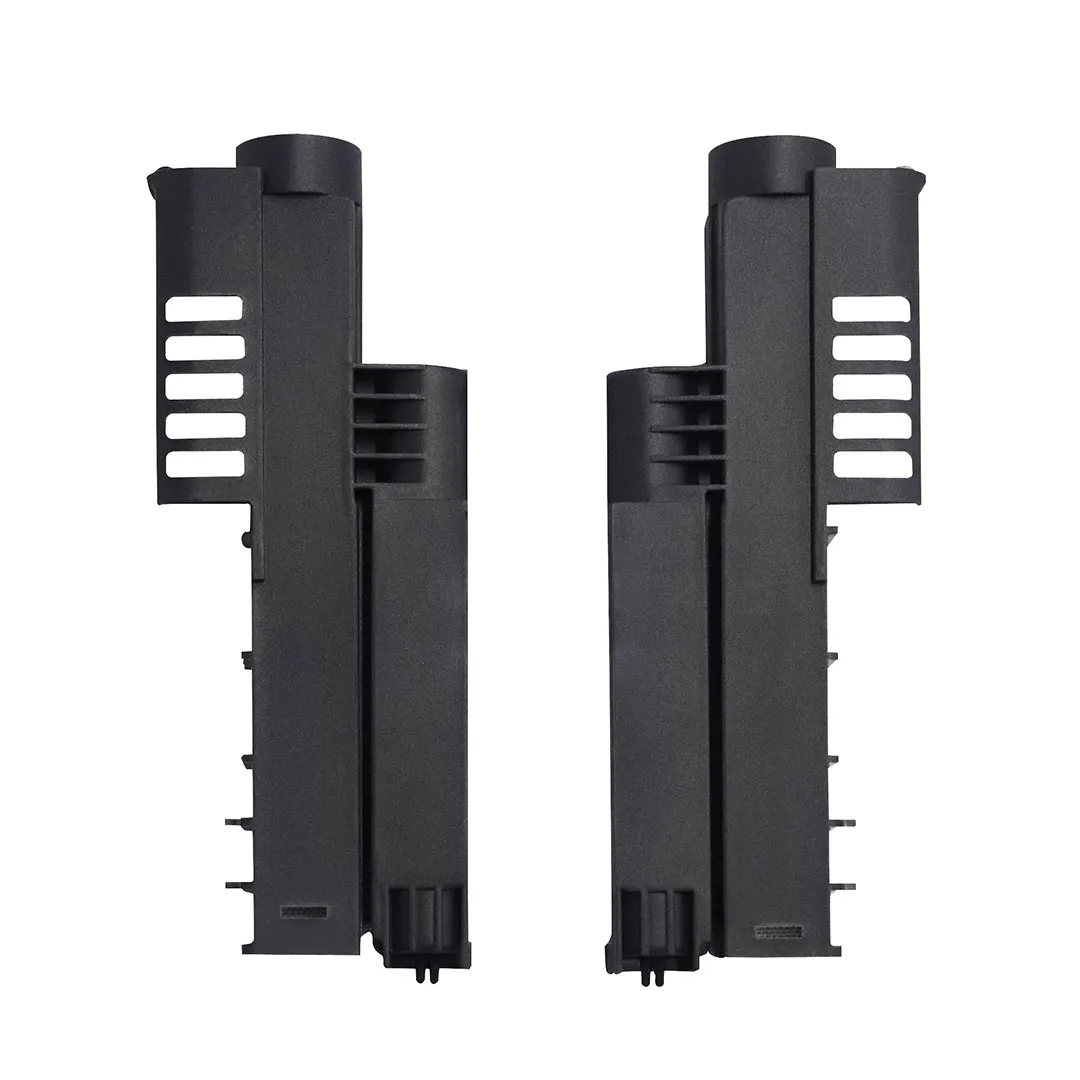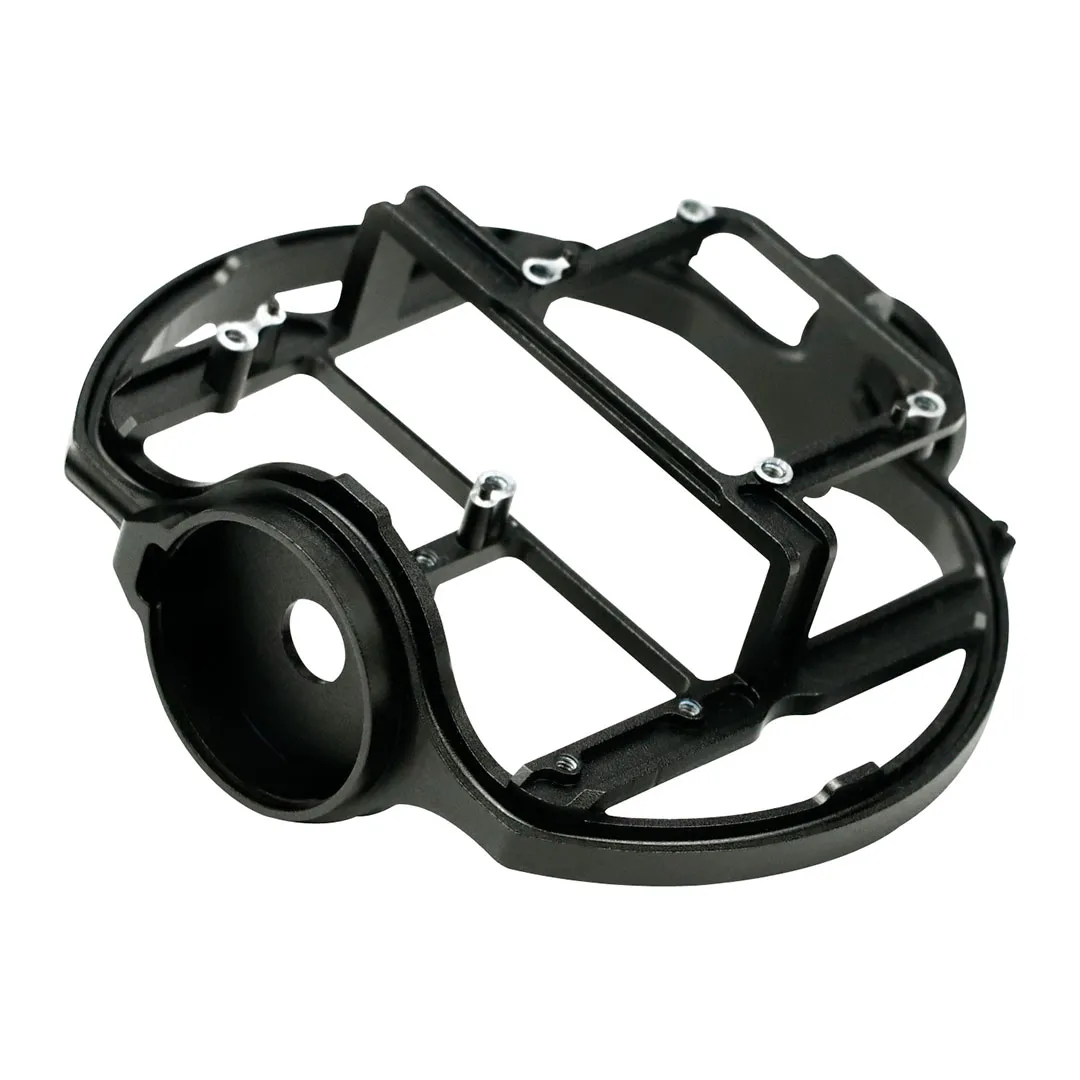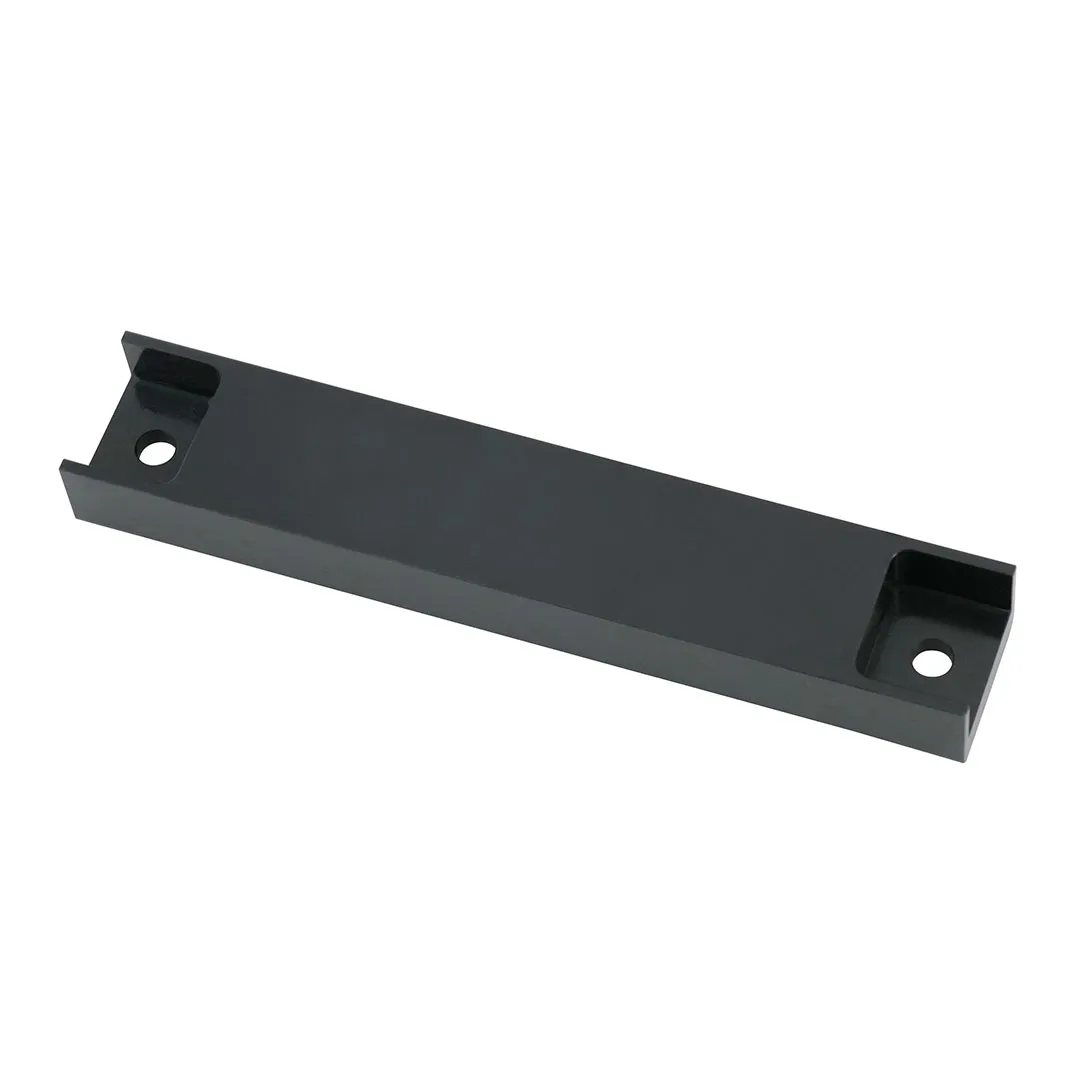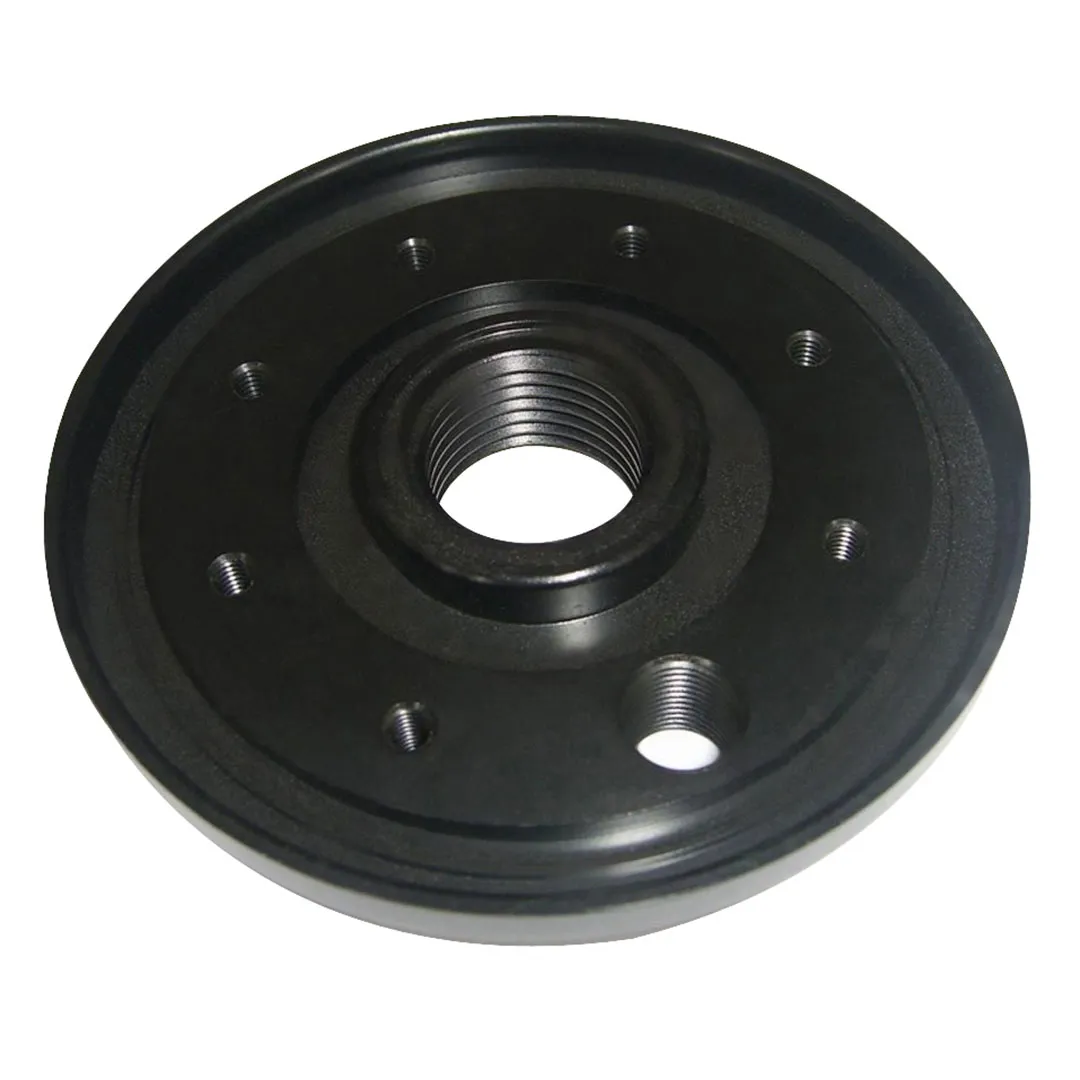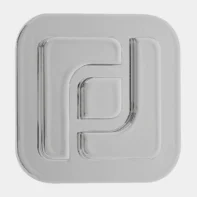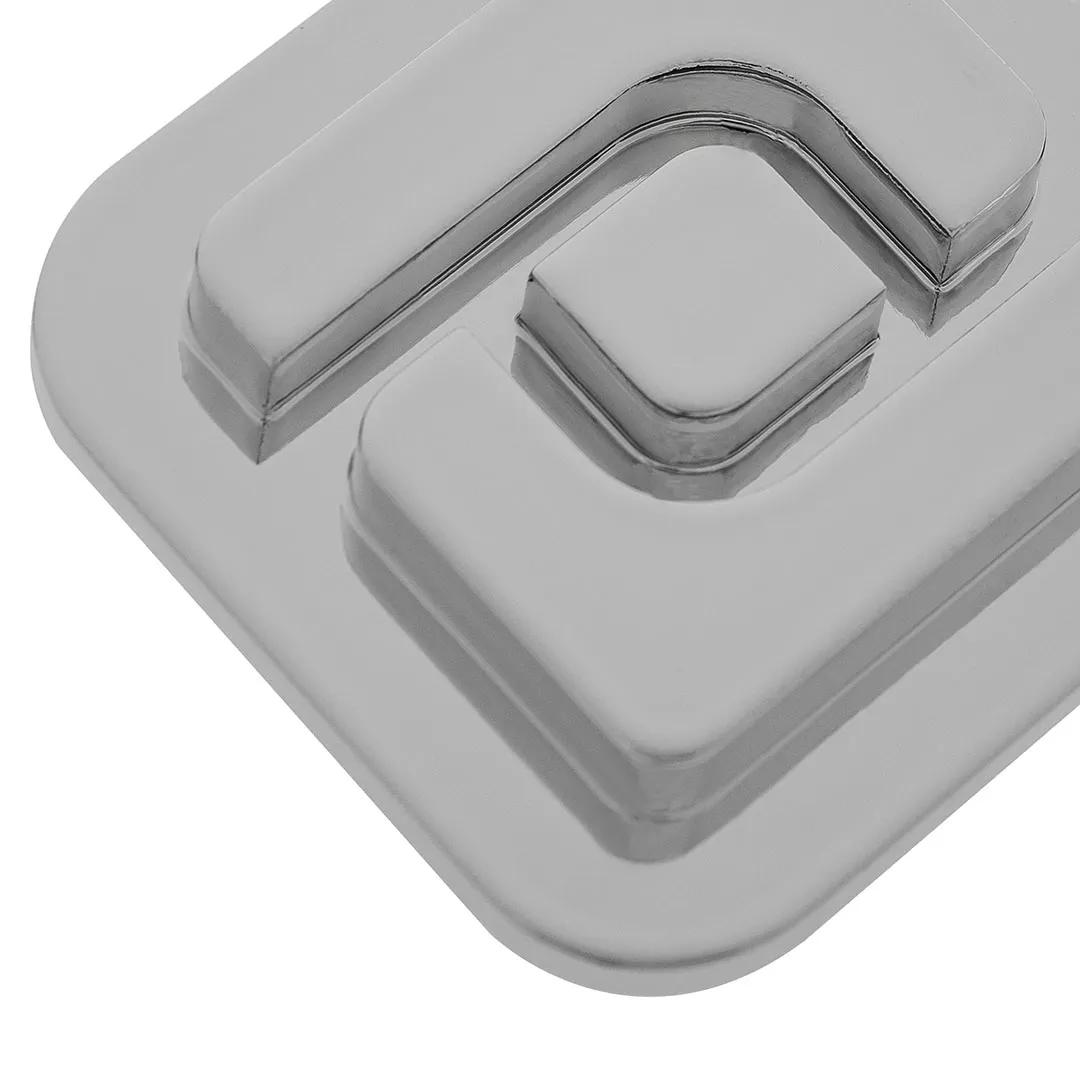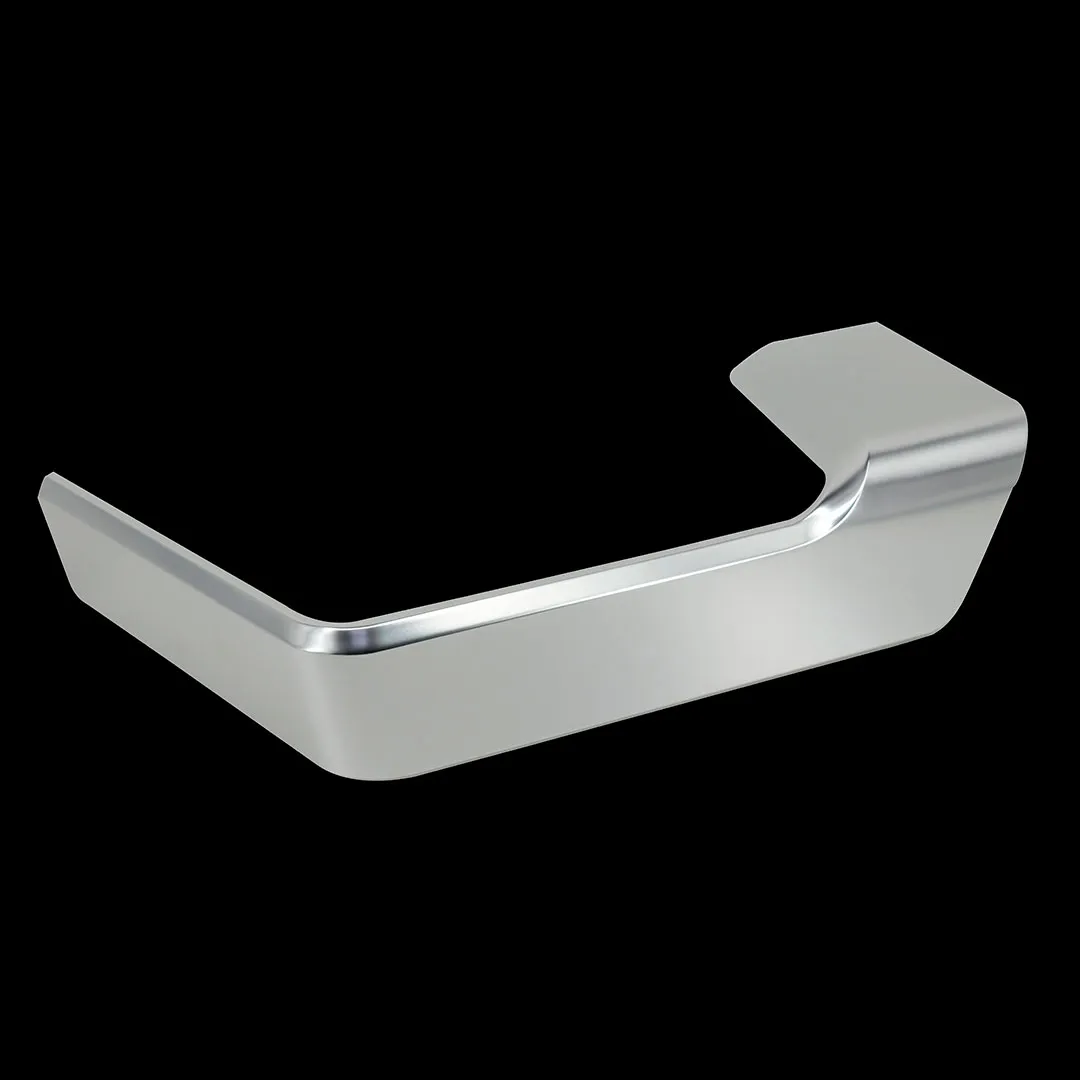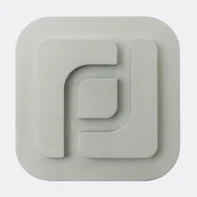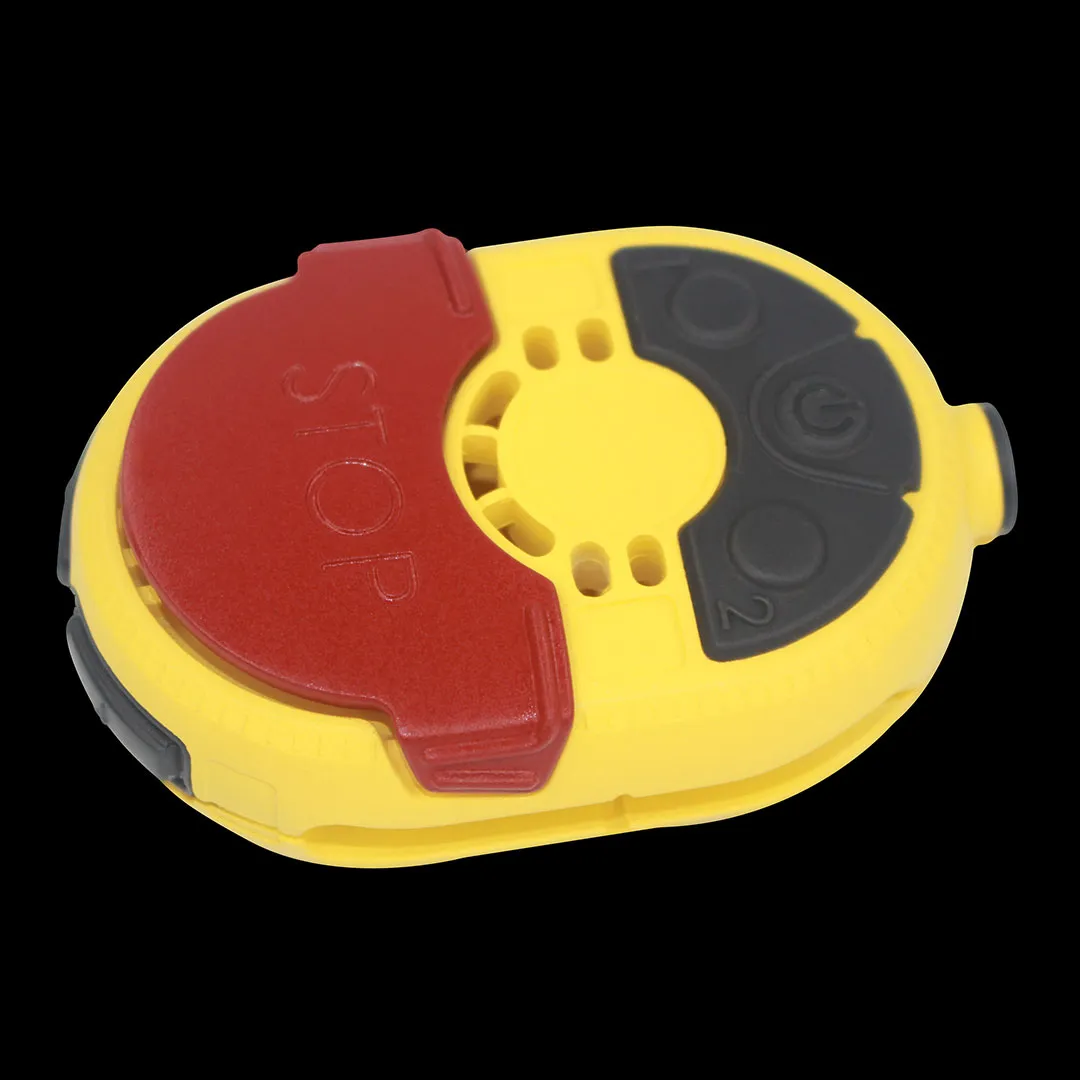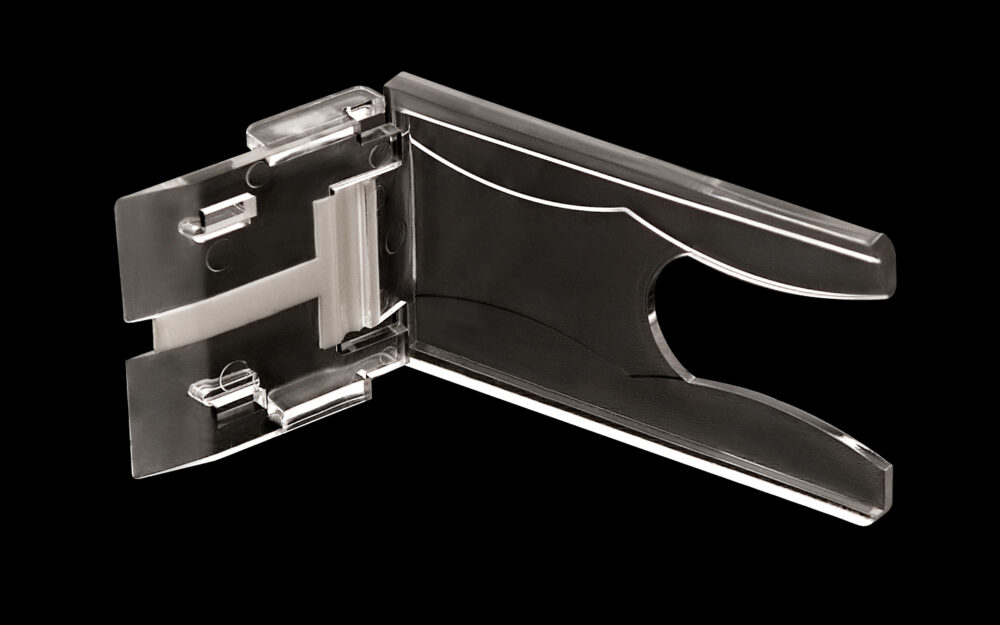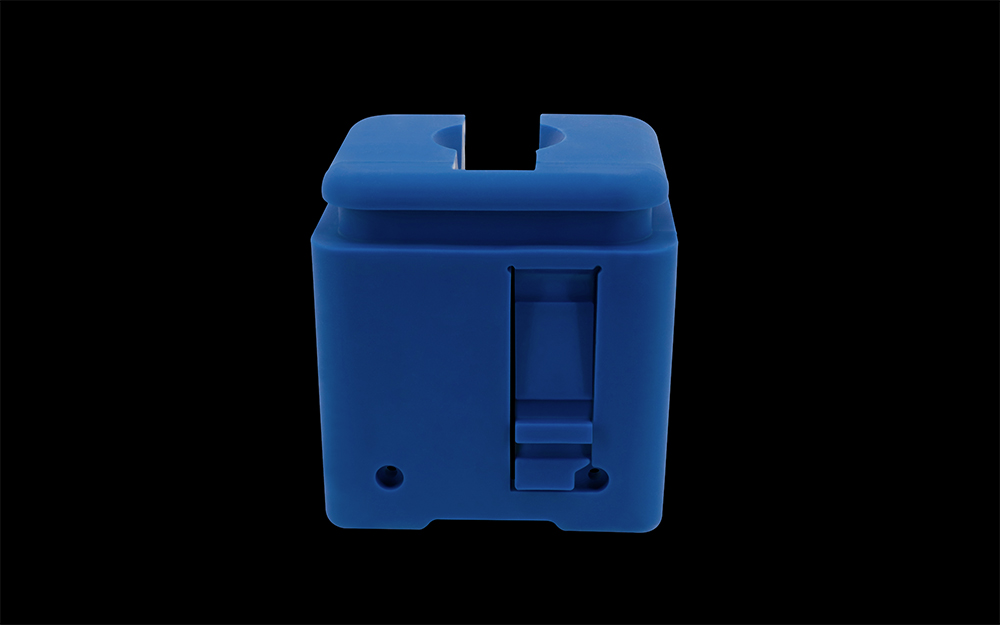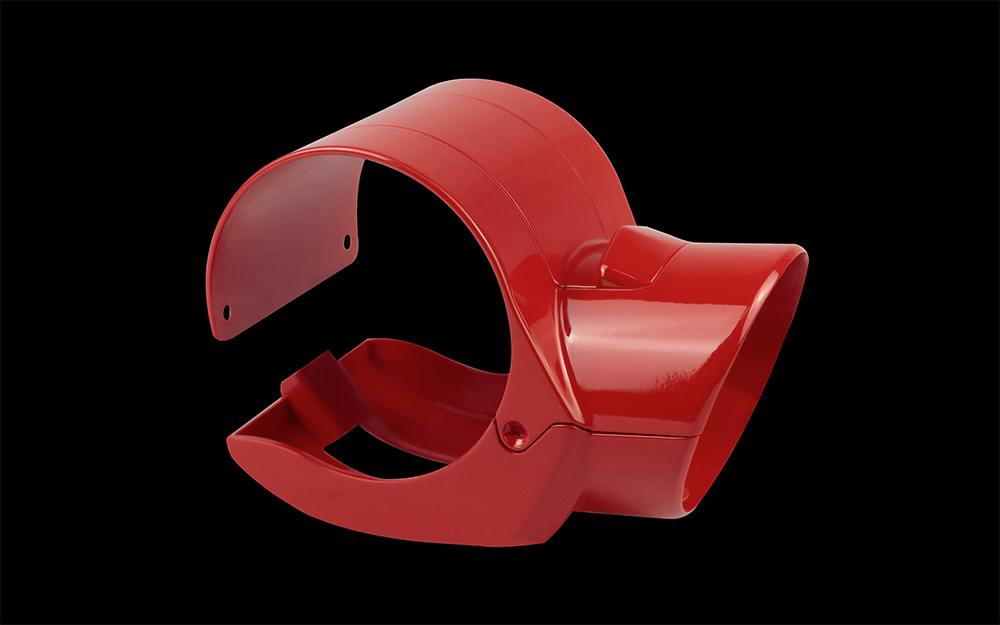Finishes
At Protolis, we understand how the right finish can help create exceptional products that excel in both form and function. That’s why we offer a wide range of finishes for plastic materials and metals. Whether you are looking for a refined and polished appearance, a textured surface, or a protective coating, our finishes are applied to elevate visual appeal, improve performance, and enhance the overall quality of your products.
Our finishing techniques
We offer a diverse range of finishes to bring your products to life. Here are some of the finishes we provide:
Description
The pigmentation process makes it possible to produce pieces naturally colored in the mass of certain plastics. It is possible to choose the desired RAL or Pantone, with color pigments mixed with the material. This is applicable for rigid or flexible parts.
Limits
Color variation and appearance defects may occur in vacuum casting.
Applicable technologies
Plastic injection, CNC plastic, vacuum casting, 3D printing, silicon compression, and plastic extrusion.
Note that not all grades are suitable.
Description
A paint finish that enhances the surface condition both functionally and aesthetically. It is possible to achieve different effects of appearance: satin, matte, gloss, or semi-gloss.
Limits
Significant influence on dimensions, color variation, and possible hanging and jigging marks.
Applicable technologies
Plastic injection, CNC plastic, vacuum casting, 3D printing, and plastic extrusion.
Note that not all grades are suitable.
Description
Powder coating is similar to liquid spray paint, except that this process uses a dry powder. It improves the resistance to wear and corrosion. The resulting surface is uniform.
Limits
Significant influence on dimensions, with possible hanging and jigging marks.
Applicable technologies
CNC metal, 3D printing metal, and metal extrusion.
Note that not all grades are suitable.
Description
Whether by applying a surface treatment or by pigmentation, matching the colors of your prototypes and parts is important for meeting your specifications and the visual quality of the final product.
Limits
Significant influence on dimensions, as well as possible color variation.
Applicable technologies
All technologies are applicable, but not all grades are suitable.
Description
This polishing generally involves changing the level of roughness of a surface by various manual, mechanical, or chemical techniques. This can change the dimensional or geometric accuracy of the part.
Limits
Significant influence on dimensions; materials will not have the same rendering for the same polish.
Applicable technologies
All technologies are applicable, but not all grades are suitable.
Description
This type of finishing is a high-level polishing, also known as mirror polishing, that gives the part a smooth, reflective, and aesthetically pleasing appearance.
Limits
Significant influence on dimensions; materials will not have the same rendering for the same polish.
Applicable technologies
All technologies are applicable, but not all grades are suitable.
Description
There are several degrees of transparency depending on the technologies and materials used. The opacity can also be manually adjusted by polishing, sanding, or pigmentation.
Limits
Transparency levels may vary.
Applicable technologies
Plastic injection, CNC plastic, vacuum casting, 3D printing, silicon compression, and plastic extrusion.
Note that not all grades are suitable.
Description
Brushing is a surface finishing method that forms continuous paralleled lines on the surface of metal parts. The purpose is usually to obtain a decorative effect with a slight level of reflection.
Limits
Influence on dimensions.
Applicable technologies
CNC metal, 3D printing metal, and metal extrusion.
Note that not all grades are suitable.
Description
Sand blasting is the high-pressure projection of silica sand on the surface of the workpiece to create a matte surface, including creating aesthetic consistency for plastic and metallic parts.
Limits
Influence on dimensions; all materials will not have the same rendering.
Applicable technologies
All technologies, but note that not all grades are suitable.
Description
The type 2 and type 3 processes we provide are chemical (electrolyte) processes based on sulphuric acid that create an oxide layer. They protect parts from corrosion, increase their durability, and make the parts dielectric and non-conductive.
Limits
Influence on dimensions, color variation, and possible hanging and jigging marks.
Applicable technologies
Only aluminum by CNC, 3D printing, and extrusion.
Description
This oxide-based surface treatment is applicable on ferrous metals to reduce light reflection and slightly increase corrosion and friction resistance. It gives a smooth appearance and black color. It resists bending and does not alter magnetic properties.
Limits
Black color after treatment.
Applicable technologies
Steel and copper by CNC, 3D printing, extrusion.
Note that not all grades are suitable.
Description
Chrome plating is a technique of applying a thin layer of chromium onto a substrate through galvanic or vacuum plating. This additional layer not only improves the aesthetic but prevents corrosion and wear.
Limits
Significant influence on the dimensional, possible hanging and jigging marks.
Applicable technologies
Plastic injection, CNC (metal and plastic), vacuum casting, 3D printing (metal and plastic), extrusion (metal and plastic).
Note that not all grades are suitable.
Description
For projects composed of several parts (often involving several methods of manufacture), an adjustment between the parts is necessary to make the whole functional and aesthetic.
Limits
There are various constraints but we will be able to offer you solutions.
Applicable technologies
All technologies (and it is our strength!)
Get personalized advice
Finishing can be complex because it depends on the materials and production methods used. Our experienced team is available to assist you with any inquiries or issues you may have.
Examples of our finishes
Discover our finishes that add the perfect touch to your projects, whether they’re prototypes or final products.
Our production methods
When you work with us, you can expect personalized support across a wide range of production methods.
From 3D printing to vacuum casting, our core vision is to make each of your manufacturing projects outstanding.
Our production methods
Materials we work with
We offer a diverse selection of materials to match your project specifications. From a wide range of plastics and metals to specialized materials, we provide the flexibility and versatility needed for your project.
With our commitment to quality, we ensure that the materials we work with meet your expectations.
Materials we work with

Our scope of services
Project Process
Quality Control
FAQs about finishes
Can you match colors and textures?
Our ability to match colors and textures depends on the technology and material involved. If feasible, we strive to achieve precise color matching. For color matching, we employ a colorimeter, an instrument designed to measure the intensity and concentration of colors in a sample. Additionally, we use light booths in our quality control process to ensure accurate color rendering based on the light source. When it comes to textures, we collaborate with renowned texturing companies such as Moldtech. This partnership allows us to offer a wide range of textures to meet your specific requirements and achieve the desired aesthetic and tactile qualities.
Can all finishes be applied to any material?
No, the application of finishes to materials is not universal. The feasibility of applying a specific finish depends on the characteristics of the material, the nature of the finish, and the application process. To determine the best match for a specific application, it is advisable to consult with us, providing details about the material and desired finishing. This allows for a tailored assessment and recommendation based on the specific requirements of your project.
What post-finishing inspection processes do you have?
At the final stage of manufacturing, we conduct a comprehensive post-finishing inspection. During this stage, we perform controls on the finish, including visual assessments of color, shine, and surface roughness. To achieve this, we use tools such as a colorimeter, light booth, and roughness tester. Additionally, for technical surface treatments, we verify certificates of treatment and perform tests whenever feasible to ensure the quality and adherence to specifications. This meticulous inspection process guarantees that the finished products meet the required standards and specifications.
Related resources
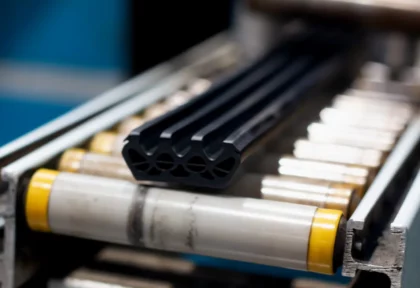
Extrusion Guide

Racing car bodywork for one of the world’s premier auto shows


